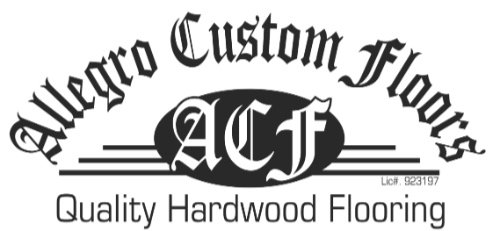Insurance and Water Damage: Navigating Claims for Your Hardwood Floors
Navigating the complexity of insurance claims following water damage to your hardwood flooring can be difficult. However, understanding the procedure and knowing what actions to take will considerably reduce this stress, ensuring that you receive the coverage you require. This thorough guide seeks to ease the insurance claim procedure for your hardwood flooring, from initial evaluation to final repairs.
Step 1: Know Your Policy.
Before water damage happens, it is critical to understand your homeowner's insurance coverage. Not all policies cover all forms of water damage. Generally, policies cover immediate and unexpected damage, like a burst pipe, but may not cover ongoing damage or poor maintenance. Examine your policy to determine your coverage limitations, deductibles, and exclusions.
Step 2: Immediate Action. Post-Damage
If you see water damage, take fast action to prevent further damage. Document the source of water, if feasible, and begin repairing the damage. This may entail turning off the water flow, eliminating standing water, and drying out the area. While doing so, document everything with images or videos to back up your claims.
Step 3: Documentation is essential.
Comprehensive paperwork is your best ally when filing an insurance claim. Photograph all impacted locations and damaged goods, including all angles and close-ups of the hardwood flooring. Keep track of all conversations with your insurance provider and any expenses made during the mitigation process, such as invoices for equipment rentals or expert services.
Step 4: File your claim quickly.
Please contact your insurance company as soon as possible to report the damage. Early communication helps speed up the claim procedure. Be prepared to give a summary of the damage and share any documents. The insurance company will most likely send an adjuster to inspect the damage and assess the claim's validity and worth.
Step 5: Understand the Assessment Process.
The insurance adjuster will examine the damage to your hardwood floors, taking into account factors such as the flooring's age, the degree of the water damage, and the cost of restoration versus replacement. Be present during the adjuster's appointment to talk about the damage and your concerns. This is also an opportunity to share your documentation and findings.
Step 6: Repair or Replacement Quotes
Obtain reliable estimates from respected hardwood flooring specialists for floor repair or replacement services. These estimates will be critical in the insurance claim since they provide a baseline for the cost of restoring your flooring to its pre-damage condition.
Step 7: Claims Resolution and Repairs.
Once your insurance provider has approved your claim, talk about the compensation and how it compares to your repair quotations. If the settlement appears insufficient, you can haggle with the insurer using your quotations and proof. After you've reached an arrangement, hire a trustworthy contractor, Such as Allegro Custom Floors, to complete the repairs.
Step 8: Prevent further water damage.
After completing the repairs, consider methods to protect your hardwood floors from additional water damage. These may include installing water sensors, conducting regular maintenance inspections, and selecting water-resistant coatings or sealants.
